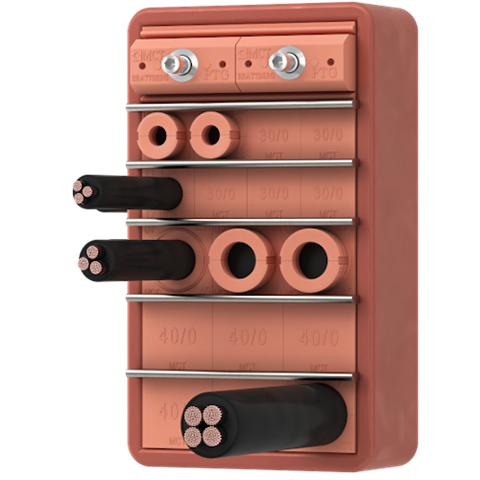Alibro
Well-Known Member
- Posts
- 7,449
- Location
- Northern Ireland
LOL, steady but Slooooow!It's good to see you making steady progress Ali. I'm surprised the VW battery doesn't have thermal management, which seems a backwards step to me. I'm glad you're thinking about thermal management though, which seems a sensible option to me. Are you planning any kind of active cooling, maybe a temperature controlled fan for instance?
I must admit I've had a few surprises with this pack but for now I'm just keeping it as simple as possible so in short the answer is no, however I have a few thermocouples I plan to place in each battery box and will use them to keep an eye on temperatures. If it proves to be a problem I'll sort it on Ver 1.01.
My priority for now is to get it working but also have the boxes fully water tight.




